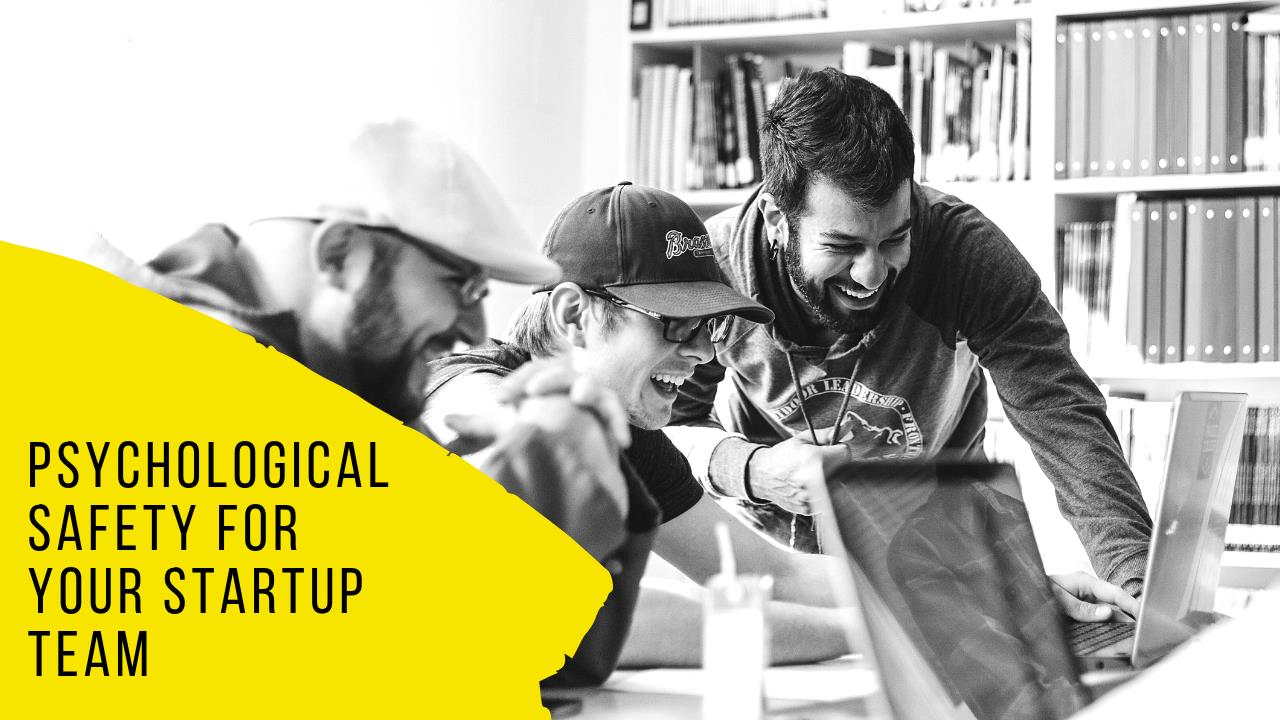
We hear a lot about psychological safety these days. But what does it mean?
Psychological safety received a lot of attention because of Google’s team study. Researchers at Google examined a range of teams within their company to see what makes them effective. To their surprise, they discovered that the most important ingredient in successful teams is—you guessed it—psychological safety.
Psychological safety boils down to a couple of key features.
First, a team has psychological safety if members feel comfortable sharing with the rest of the team—giving views, making suggestions and offering constructive criticism. Team members are confident that others will listen to their ideas and consider them.
Second, team members feel they can take reasonable risks. The psychologically safe team sees that mistakes are part of learning and growing, and so team members know they won’t be punished if they do or say something wrong.
Psychological safety is important because you want everyone on your team to contribute to the max. But if they don’t feel safe, they’ll hold back. They’ll stay quiet instead of proposing an original idea or choose the usual path instead of trying something new. This hurts team performance.
When your team lacks psychological safety, you’re not fully leveraging your team’s resources.
To survive and thrive, startups need to get the most from their teams. With their limited resources, they can’t afford teams that are functioning at less than full capacity. To maximize performance, startups should make psychological safety a priority.
Here are three things that you and your team can do to foster psychological safety.
1. Keep your teams small
Research has shown that larger teams tend to be less psychologically safe. Bear this in mind when you are forming your teams. Each member of the team should have an important and distinct role.
To keep teams from getting too big, make sure that it is clearly defined. Everyone on the team should know and agree on who is a team member. In one study including 120 top teams, fewer than 10% of team members agreed about who was on their team!
2. Establish a team charter
A team charter is an agreement among team members detailing how the team functions. It should include rules that define how team members act with each other.
By making these team rules explicit, you can help shape create psychological safety. An example of a team rule: Team members must listen to each other’s ideas respectfully.
This rule creates psychological safety because it gives team members more confidence to contribute ideas. It also empowers them to call others out when they are not following the rules.
3. Encourage a culture of feedback
People on psychologically safe teams don’t always agree. In fact, if team members always agree with each other, it’s probably because they’re feeling pressure to conform.
On healthy teams, team members feel safe arguing with each other and defending minority positions. When you encourage feedback within your team, members get used to giving and receiving constructive criticism. You also show that constructive criticism is acceptable and important.
Teams can use Grow to apply these tips to build psychological safety. To learn more about how Grow can make your teams stronger, you can reach us using the form below.
———
Also published on LinkedIn by Rudi Ramin
|||---------------------------------------
By: Kiss Tañedo
Title: Psychological Safety for Your Startup Team
Sourced From: grow360.com/blog/psychological-safety-for-your-startup-team
Published Date: Thu, 25 Jun 2020 15:17:00 +0000






